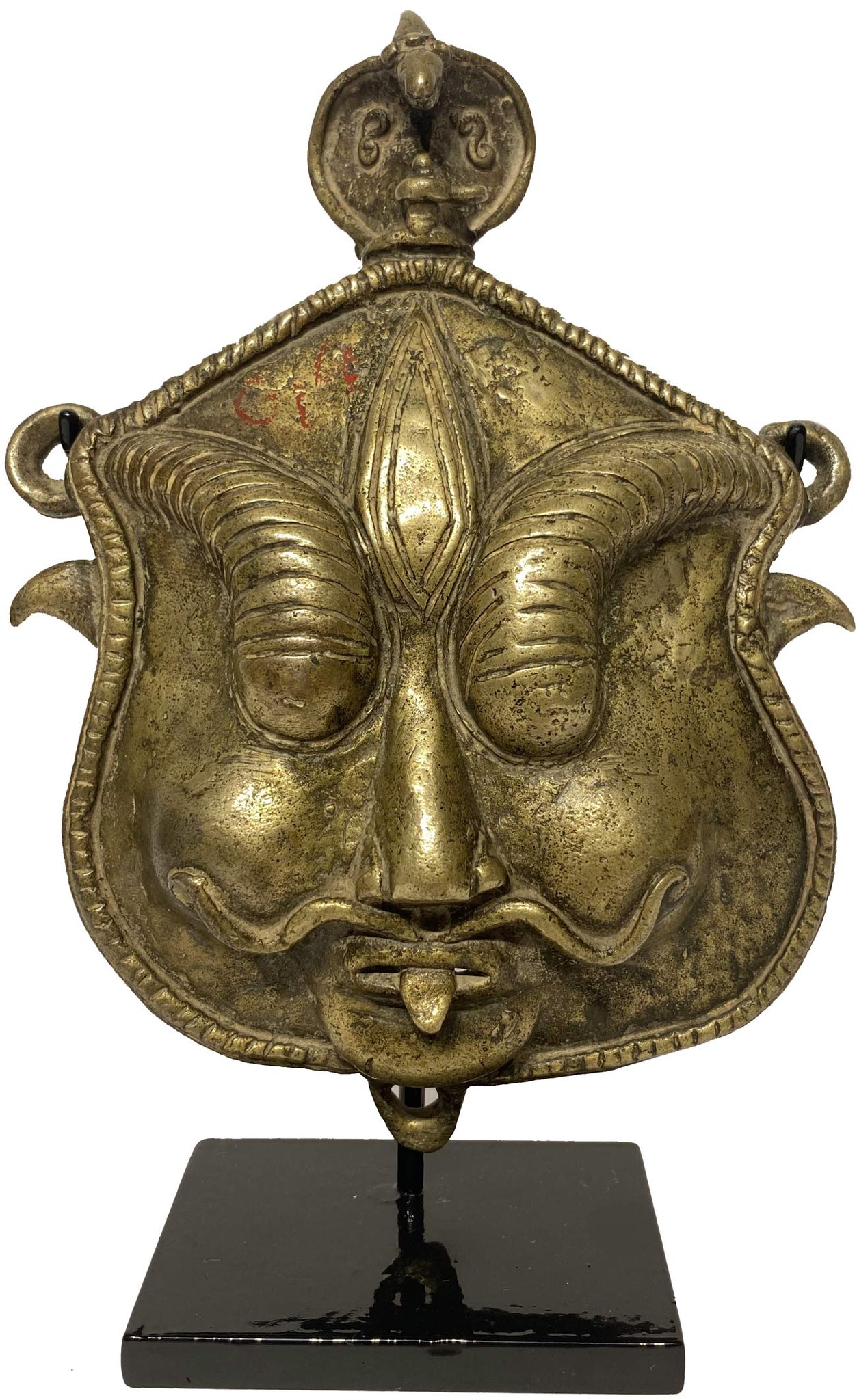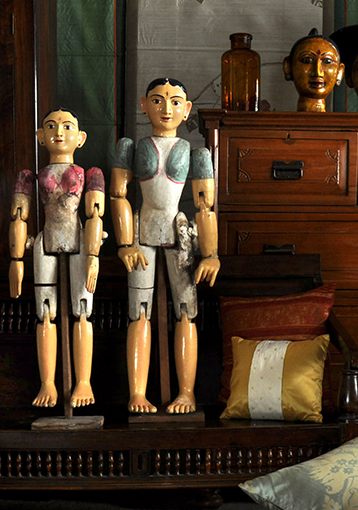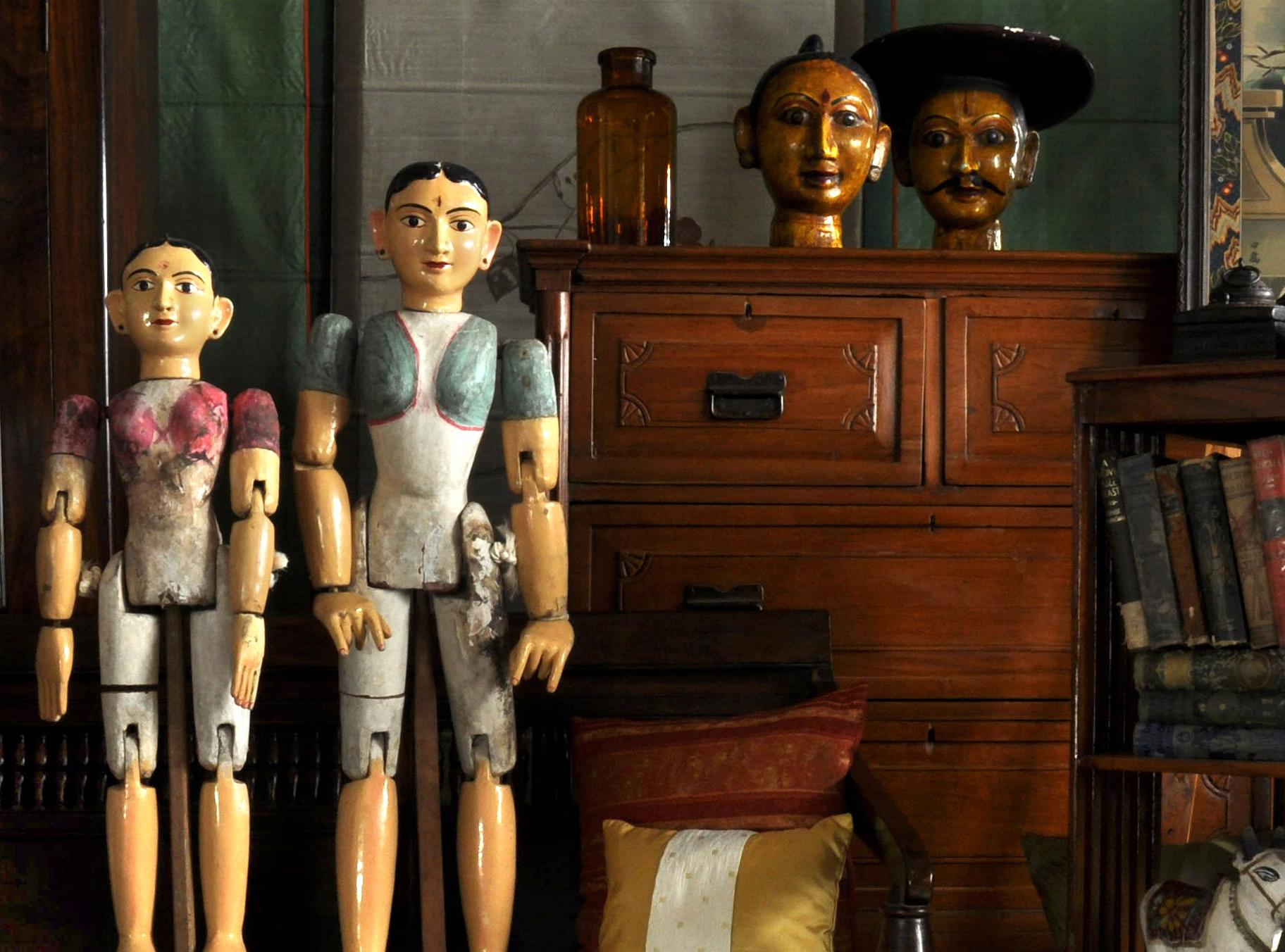- Home
- Kirtimukha - 02
Loading...
Kirtimukha - 02
All orders are insured for transit.
This item cannot be shipped outside India.
All orders are insured for transit.
This item cannot be shipped outside India.
Details
| Size: | 5.25 x 2 x 7.5 inches |
| Material: | Brass |
| Origin: | North Karnataka / Maharashtra |
Description
The story of Kirtimukha begins when a great king Jalandhara, who by virtue of extraordinary austerities, accumulated to himself irresistible powers. In a burst of pride, he sent forth his messenger, the monster Rahu, whose main task is eclipsing the moon, to challenge Shiva. The challenge was that Shiva should give up his shining jewel of a bride Parvati. Shiva's immediate answer was to explode a tremendous burst of power from his third eye, which created a horrendous, emaciated, ravenous lion. A terrified Rahu sought Shiva's mercy, which Shiva agreed to. But how then were they to feed the ravenous demon lion? Shiva suggested that the monster should feed on its own flesh. So Kirtimukha willingly ate his body starting with its tail as per Lord Shiva's order, stopping only when his face remained. Shiva, who was pleased with the result, gave it the name “Face of Glory” and declared that it should always be at the door of his temples. Thus, Kirtimukha is a symbol of Shiva himself.
The ancient art of lost-wax casting dates back nearly 6000 years in India, and the oldest example in the world is from the Indus Valley Civilization. First, an artist creates an original model from wax. Everything is then encased with layers of clay, thus becoming a mould for the molten metal that will be poured inside it. When this is poured in, the wax melts and the original is lost. Once the metal hardens, the outer layer of clay is smashed, which is what makes each piece unique.
-
Description
Read MoreThis is a brass Kirtimukha from North Karnataka or Maharashtra. This piece is highly unusual as the Kirtimukha has a Shivalinga guarded by a naga (serpent) on its head. The Kirtimukha would have probably been a part of a prabhavali, and used by Shaivaite devotees. The stand has been handmade from metal to display the piece. The size of the item is 5.25 x 1.75 x 7 inches without the stand and 5.25 x 2 x 7.5 inches with the stand.
The story of Kirtimukha begins when a great king Jalandhara, who by virtue of extraordinary austerities, accumulated to himself irresistible powers. In a burst of pride, he sent forth his messenger, the monster Rahu, whose main task is eclipsing the moon, to challenge Shiva. The challenge was that Shiva should give up his shining jewel of a bride Parvati. Shiva's immediate answer was to explode a tremendous burst of power from his third eye, which created a horrendous, emaciated, ravenous lion. A terrified Rahu sought Shiva's mercy, which Shiva agreed to. But how then were they to feed the ravenous demon lion? Shiva suggested that the monster should feed on its own flesh. So Kirtimukha willingly ate his body starting with its tail as per Lord Shiva's order, stopping only when his face remained. Shiva, who was pleased with the result, gave it the name “Face of Glory” and declared that it should always be at the door of his temples. Thus, Kirtimukha is a symbol of Shiva himself.
The ancient art of lost-wax casting dates back nearly 6000 years in India, and the oldest example in the world is from the Indus Valley Civilization. First, an artist creates an original model from wax. Everything is then encased with layers of clay, thus becoming a mould for the molten metal that will be poured inside it. When this is poured in, the wax melts and the original is lost. Once the metal hardens, the outer layer of clay is smashed, which is what makes each piece unique.
-
Details
Size: 5.25 x 2 x 7.5 inches Material: Brass Origin: North Karnataka / Maharashtra -
Returns
We accept returns within 7 days of delivery if the item reaches you in damaged condition. -
Shipping
Shipping costs are extra, and will be calculated based on the shipping address.All orders are insured for transit.
This item cannot be shipped outside India.
This item has been added to your shopping cart.
You can continue browsing
or proceed to checkout and pay for your purchase.
This item has been added to your
shopping cart.
You can continue browsing
or proceed to checkout and pay for
your purchase.
This item has been added to your wish list.
You can continue browsing or visit your Wish List page.
Are you sure you want to delete this item from your Wish List?
Are you sure you want to delete this
item from your Wish List?


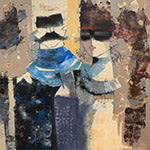
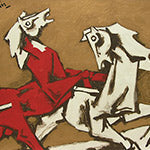

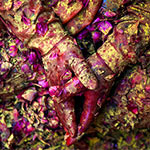
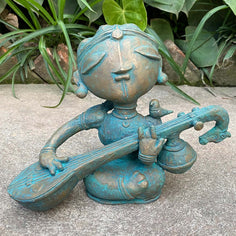
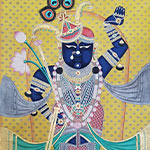
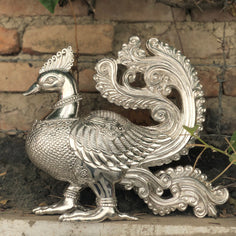
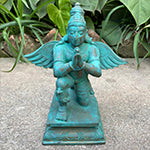
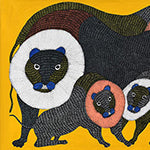
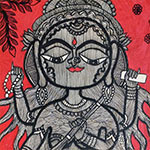
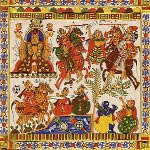
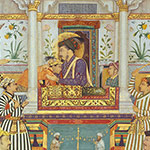
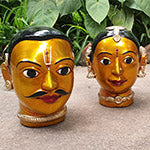

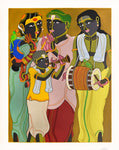
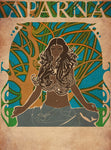
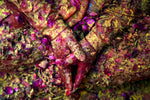
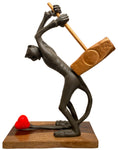
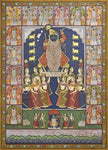
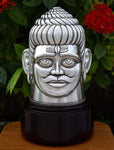


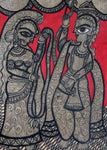
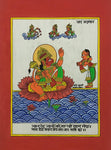
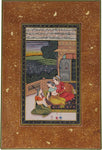
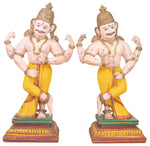
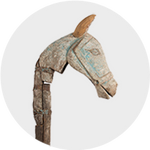
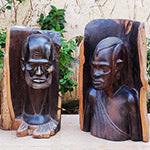
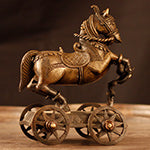

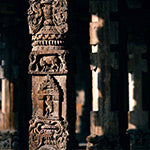
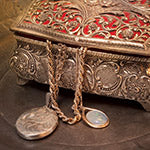
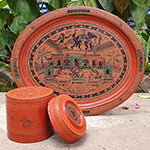
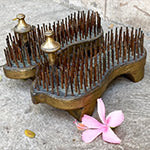
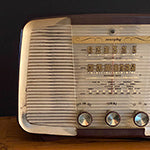
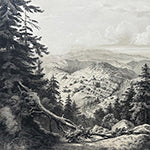
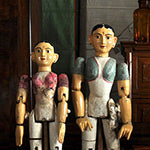
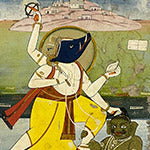
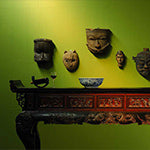
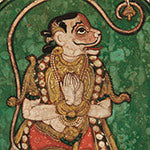

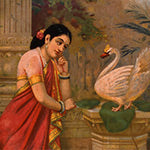
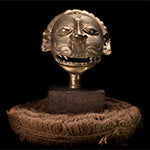
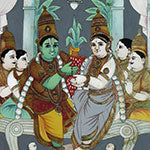
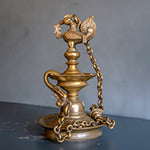
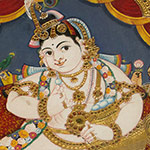
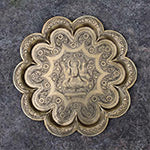
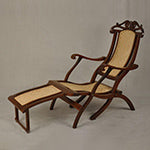
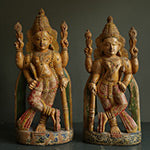


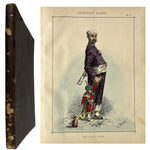

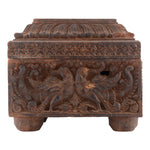
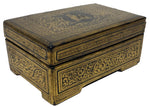
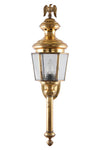

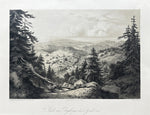


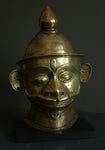
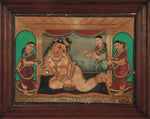
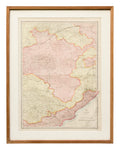
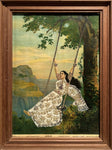

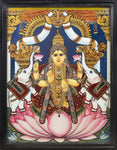

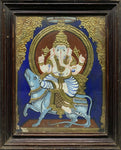
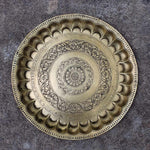
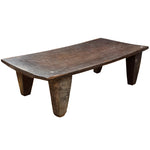
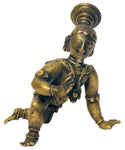


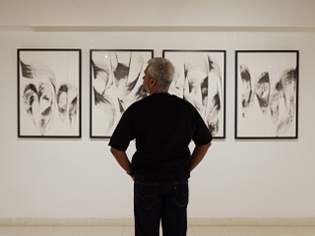

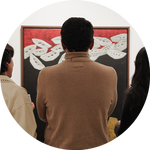



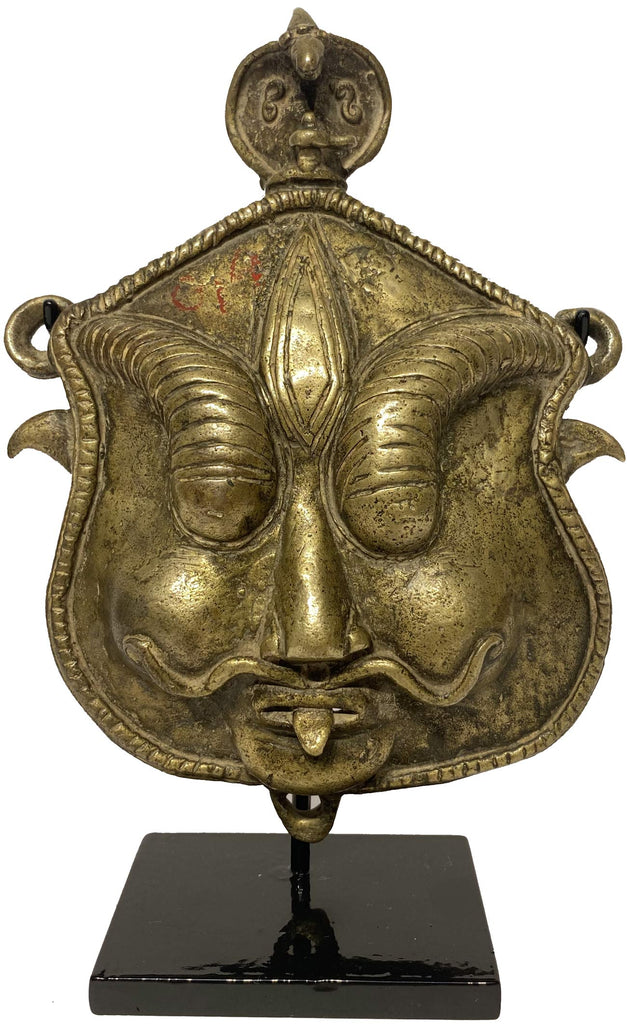
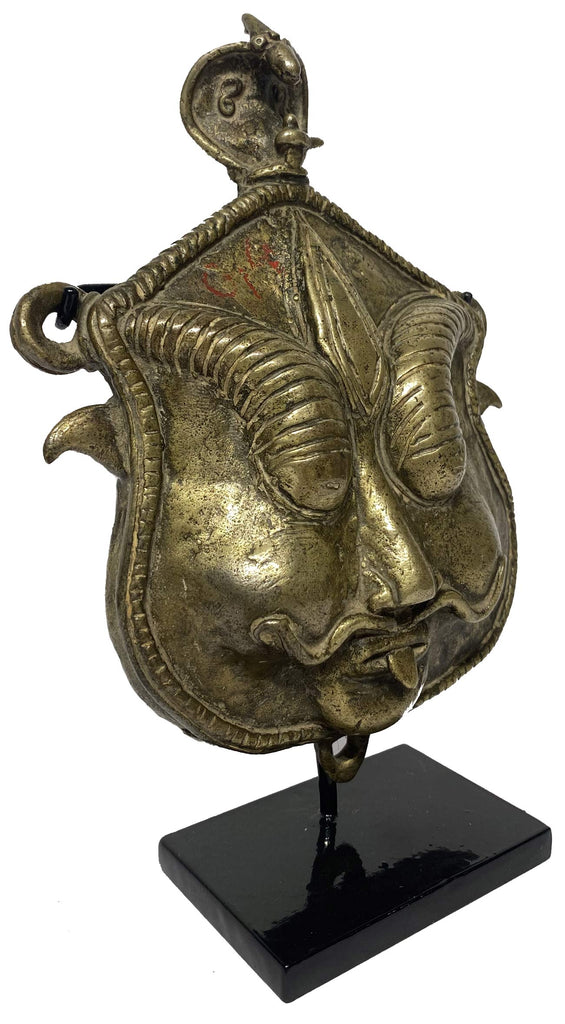
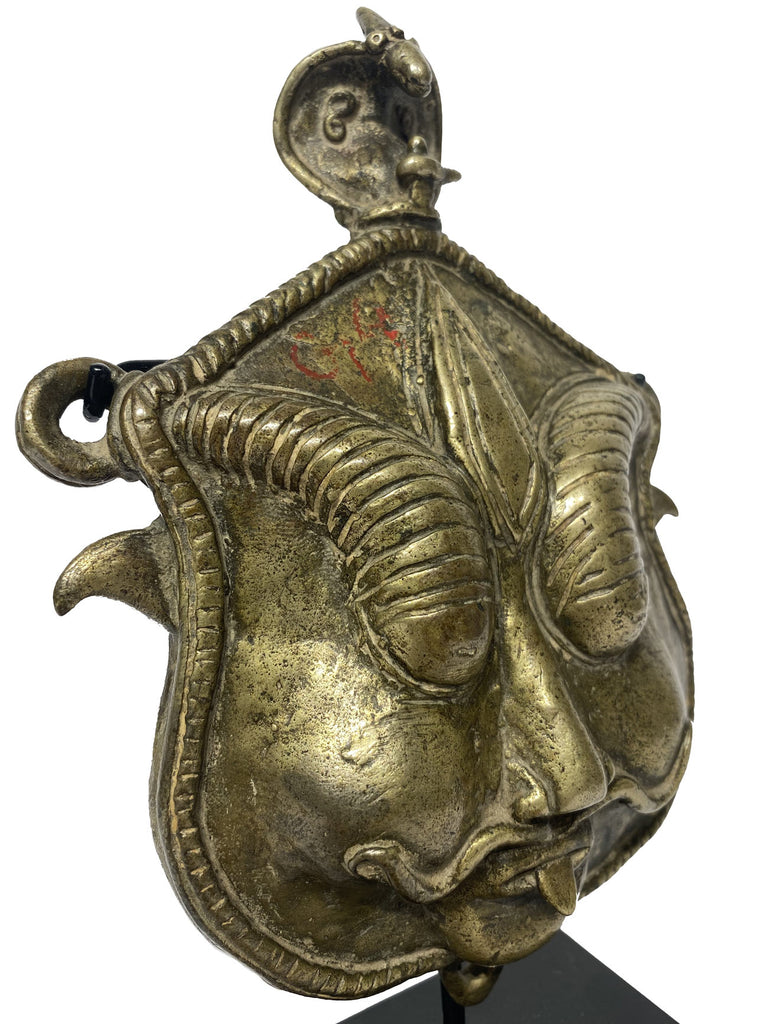
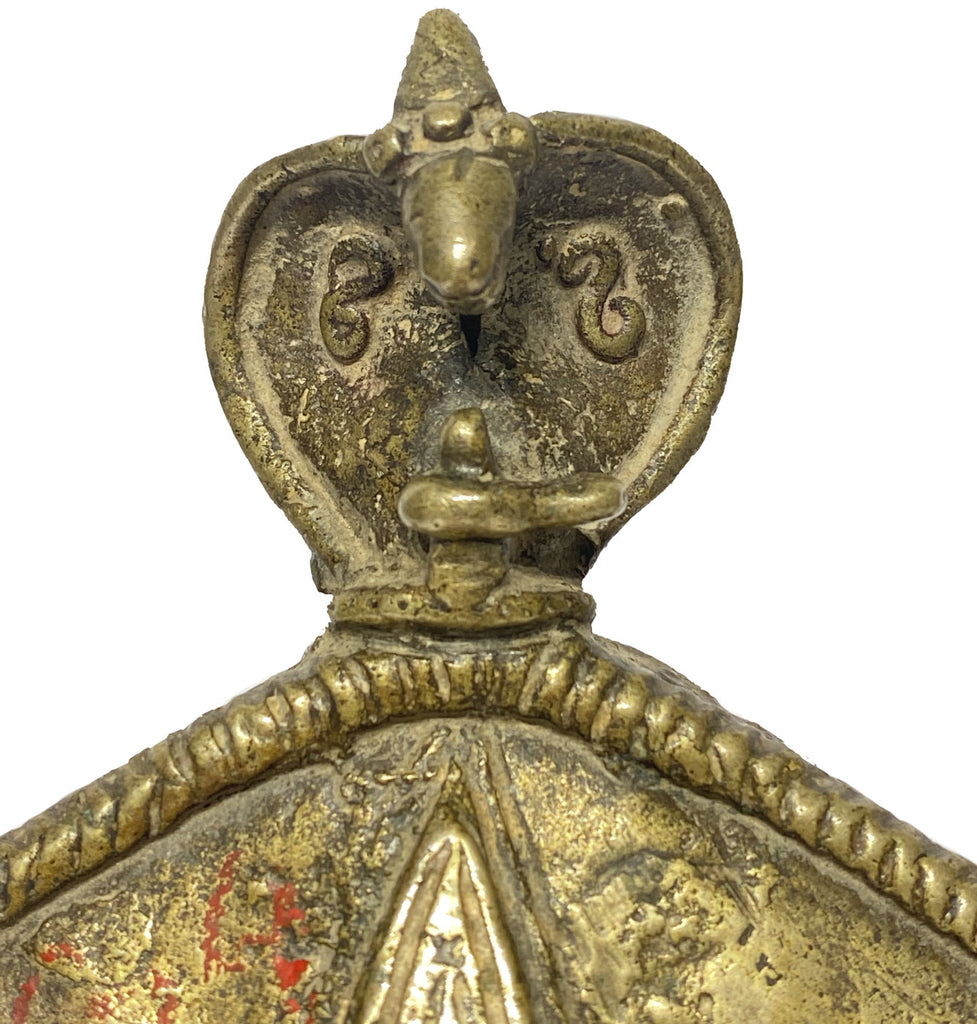
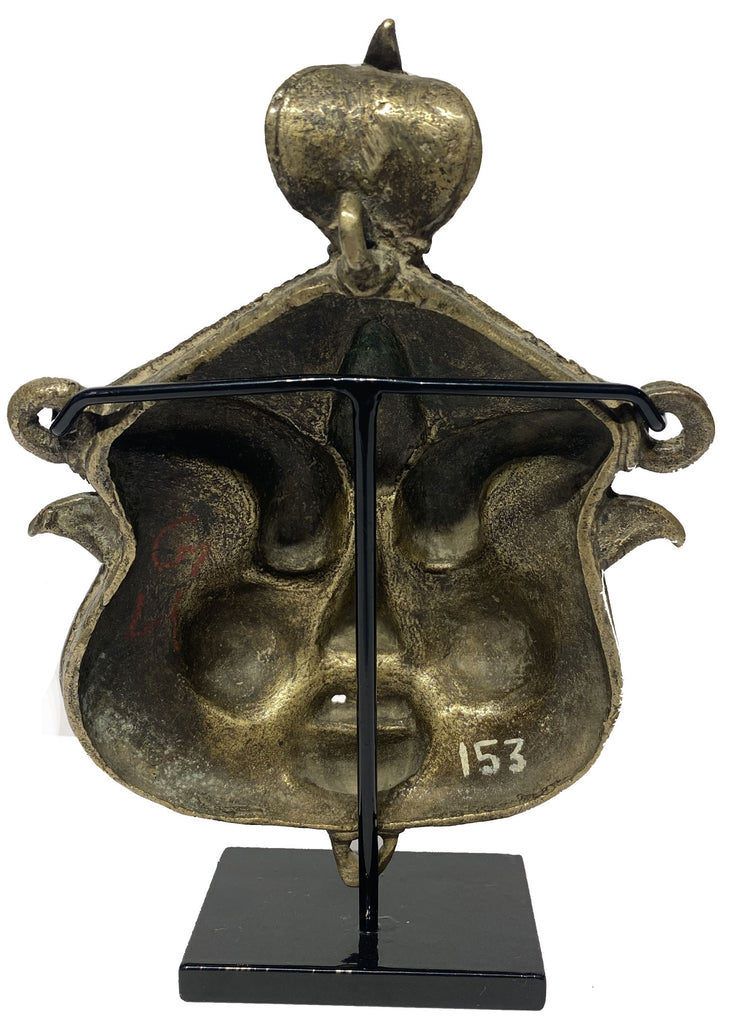
 View Full Screen
View Full Screen
